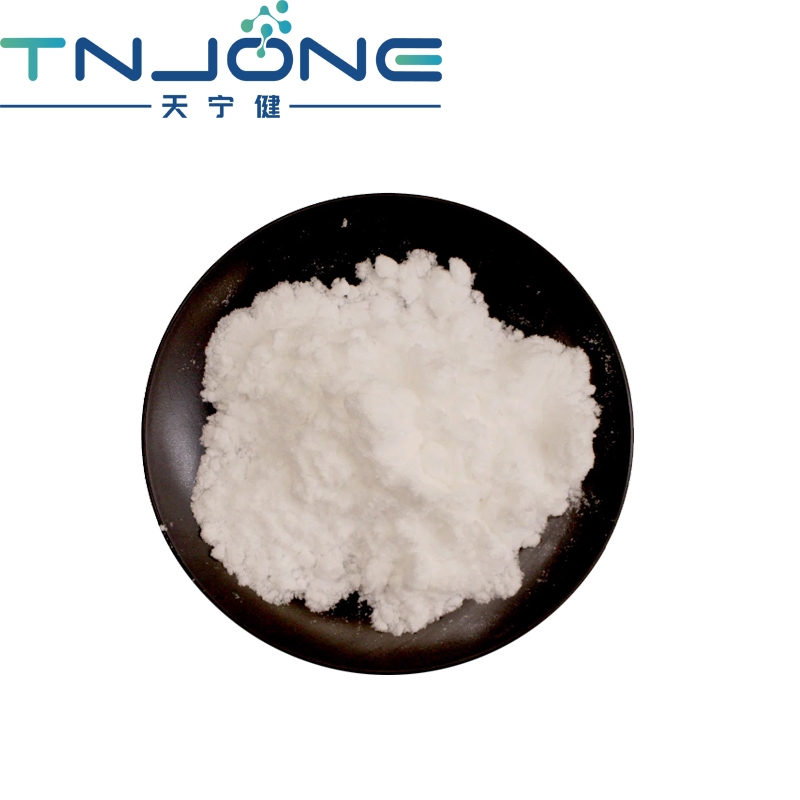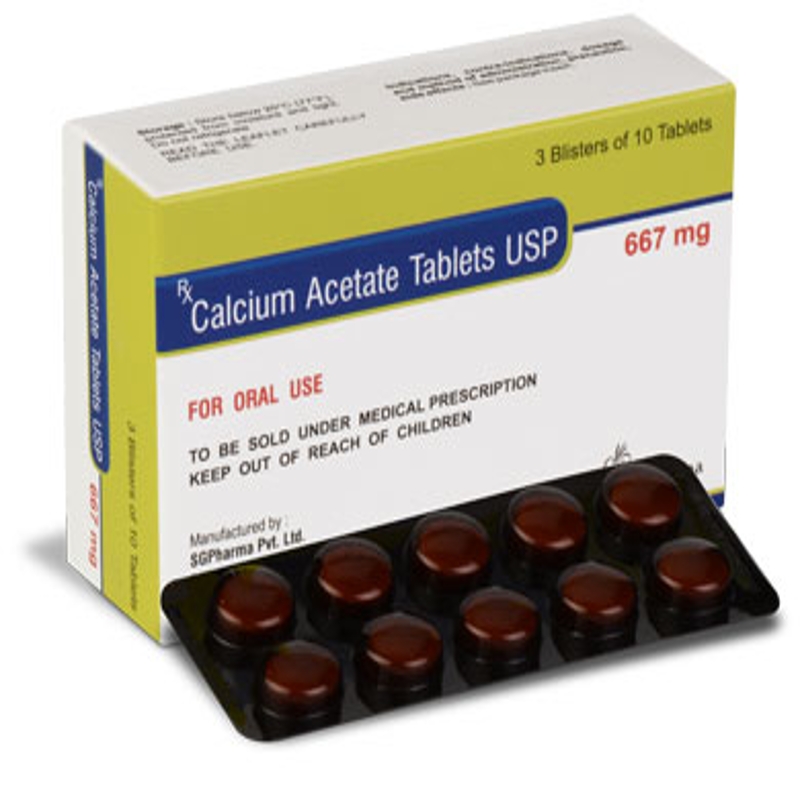-
Categories
-
Pharmaceutical Intermediates
-
Active Pharmaceutical Ingredients
-
Food Additives
- Industrial Coatings
- Agrochemicals
- Dyes and Pigments
- Surfactant
- Flavors and Fragrances
- Chemical Reagents
- Catalyst and Auxiliary
- Natural Products
- Inorganic Chemistry
-
Organic Chemistry
-
Biochemical Engineering
- Analytical Chemistry
-
Cosmetic Ingredient
- Water Treatment Chemical
-
Pharmaceutical Intermediates
Promotion
ECHEMI Mall
Wholesale
Weekly Price
Exhibition
News
-
Trade Service
Anemia is relatively common in clinical, and there are many causes of anemia.
Anemia is relatively common in clinical, and there are many causes of anemia.
Anemia is relatively common in clinical, and there are many causes of anemia.
The three items of anemia refer to folic acid, vitamin B12, and serum ferritin.
The three items of anemia refer to folic acid, vitamin B12, and serum ferritin.
folic acid
folic acid folic acid
Folic acid is a water-soluble vitamin, also known as vitamin B11, anti-anemia factor, VBe, pteroylglutamic acid, etc.
Folic acid is a water-soluble vitamin, also known as vitamin B11, anti-anemia factor, VBe, pteroylglutamic acid, etc.
As one of the essential vitamins for the growth and reproduction of body cells, folic acid will affect the normal physiological activities of the human body:
As one of the essential vitamins for the growth and reproduction of body cells, folic acid will affect the normal physiological activities of the human body:
1.
1.
Folic acid deficiency can cause neural tube defects in newborns and impaired development of key parts of the spine, resulting in spina bifida, anencephaly and spina bifida deformities
Folic acid deficiency can cause neural tube defects in newborns and impaired development of key parts of the spine, resulting in spina bifida, anencephaly and spina bifida deformities
2.
2.
The lack of folic acid inhibits the synthesis of erythrocyte DNA, the formation of nucleoprotein is insufficient, the newly formed erythrocytes in the bone marrow cannot mature, the cell division and proliferation rate decreases, and the cell volume increases, resulting in the appearance of giant erythrocytes
The lack of folic acid inhibits the synthesis of erythrocyte DNA, the formation of nucleoprotein is insufficient, the newly formed erythrocytes in the bone marrow cannot mature, the cell division and proliferation rate decreases, and the cell volume increases, resulting in the appearance of giant erythrocytes
3.
3.
Other diseases of folic acid deficiency 3.
Other diseases of folic acid deficiency
Many literatures have reported that senile dementia, depression and neonatal neurological abnormalities and other related brain lesions are related to the lack of folic acid
.
In addition, lack of folic acid may also cause tumors (uterine cancer, bronchial cancer, esophageal cancer, colorectal cancer, etc.
), chronic atrophic gastritis, colitis, coronary heart disease and cerebrovascular disease and other diseases, as well as glossitis, poor growth , mental deterioration and other symptoms
.
.
In addition, lack of folic acid may also cause tumors (uterine cancer, bronchial cancer, esophageal cancer, colorectal cancer, etc.
), chronic atrophic gastritis, colitis, coronary heart disease and cerebrovascular disease and other diseases, as well as glossitis, poor growth , mental deterioration and other symptoms
.
Blood vessel
The clinical significance of serum folic acid detection:
Clinical Significance of Serum Folic Acid Testing: Clinical Significance of Serum Folate Testing:
1, the diagnosis of megaloblastic anemia: also known as exercise anemia
.
Measurement of folic acid (FA) concentration can reflect the recent demand for FA in the body
.
Low FA value can affect DNA synthesis and cause nuclear maturation and division obstacles.
The nucleus of immature red blood cells stays in the reticular structure and cannot be pyknosis.
The entire volume becomes larger, while the cytoplasm is not affected.
Megaloblastic anemia
.
.
Measurement of folic acid (FA) concentration can reflect the recent demand for FA in the body
.
Low FA value can affect DNA synthesis and cause nuclear maturation and division obstacles.
The nucleus of immature red blood cells stays in the reticular structure and cannot be pyknosis.
The entire volume becomes larger, while the cytoplasm is not affected.
Megaloblastic anemia
.
1.
Diagnosis of megaloblastic anemia:
2.
Insufficient intake or increased demand: The daily FA requirement of the human body is about 50-200 μg.
Since the storage of FA in the body is not much (5-15 mg), and FA is often lost due to improper cooking, it should be ingested.
When the amount is insufficient (pregnancy, infancy, chronic alcoholic cirrhosis, etc.
), or when the body's demand increases (malignant tumor, hyperthyroidism), it can lead to FA deficiency
.
Insufficient intake or increased demand: The daily FA requirement of the human body is about 50-200 μg.
Since the storage of FA in the body is not much (5-15 mg), and FA is often lost due to improper cooking, it should be ingested.
When the amount is insufficient (pregnancy, infancy, chronic alcoholic cirrhosis, etc.
), or when the body's demand increases (malignant tumor, hyperthyroidism), it can lead to FA deficiency
.
2.
Insufficient intake or increased requirement:
3.
Intestinal malabsorption: such as small intestinal malabsorption syndrome, short bowel syndrome, small bowel paralysis, etc.
, can lead to FA deficiency
.
Intestinal malabsorption: such as small intestinal malabsorption syndrome, short bowel syndrome, small bowel paralysis, etc.
, can lead to FA deficiency
.
3.
Intestinal malabsorption:
4.
Pernicious anemia and aplastic anemia: The level of FA is increased
.
The FA of anemia caused by iron deficiency anemia, chronic inflammation and malignant tumor can be in the normal range or increased, so the determination of FA has good clinical value in the differential diagnosis of the cause of anemia
.
Pernicious anemia and aplastic anemia: The level of FA is increased
.
The FA of anemia caused by iron deficiency anemia, chronic inflammation and malignant tumor can be in the normal range or increased, so the determination of FA has good clinical value in the differential diagnosis of the cause of anemia
.
4.
Pernicious anemia and aplastic anemia:
Vitamin B12
Vitamin B12 Vitamin B12
Vitamin B12, also known as cobalamin, is one of the B vitamins
.
Vitamin B12 is an important nutrient for the human body.
Its main physiological function is to participate in the production of bone marrow red blood cells, prevent pernicious anemia, and prevent damage to the brain nerves
.
When vitamin B12 is deficient, it mainly affects the hematopoietic system and nervous system abnormalities
.
.
Vitamin B12 is an important nutrient for the human body.
Its main physiological function is to participate in the production of bone marrow red blood cells, prevent pernicious anemia, and prevent damage to the brain nerves
.
When vitamin B12 is deficient, it mainly affects the hematopoietic system and nervous system abnormalities
.
1.
Vitamin B12 deficiency and hematopoietic system
Vitamin B12 deficiency and hematopoietic system 1.
Vitamin B12 deficiency and hematopoietic system
VB12 deficiency can lead to megaloblastic anemia, clinically manifested as puffiness, sallow complexion, sparse hair such as withered eyes, and markedly pale conjunctiva, lips, and nails
.
Fatigue, dizziness, palpitations, shortness of breath and other symptoms are often present
.
It is more common in pregnant women aged 20-40 and infants aged 6 months-2
.
.
Fatigue, dizziness, palpitations, shortness of breath and other symptoms are often present
.
It is more common in pregnant women aged 20-40 and infants aged 6 months-2
.
2.
Vitamin B12 deficiency and the nervous system
Vitamin B12 deficiency and nervous system 2.
Vitamin B12 deficiency and nervous system
Vitamin B12 deficiency can cause numbness in the hands and feet, weakness or antsy feeling, ataxia, dysesthesia, incontinence, irritability, forgetfulness, and mental disorders
.
The early manifestations of vitamin B12 deficiency in children are abnormal mental mood, sluggish expression, less crying and less trouble, unresponsiveness, love to sleep and other symptoms, and finally cause anemia
.
.
The early manifestations of vitamin B12 deficiency in children are abnormal mental mood, sluggish expression, less crying and less trouble, unresponsiveness, love to sleep and other symptoms, and finally cause anemia
.
child
3.
Vitamin B12 deficiency and digestive system
Vitamin B12 deficiency and digestive system 3.
Vitamin B12 deficiency and digestive system digestion
VB12 deficiency can cause glossitis and tongue pain, the whole tongue is "fresh beef-like", the tongue papilla is atrophied and smooth; loss of appetite, abdominal distension, diarrhea and other symptoms
.
.
The clinical significance of the determination of serum vitamin B12:
The clinical significance of the determination of serum vitamin B12: the clinical significance of the determination of serum vitamin B12:
reduce:
lower: lower:
1.
Megaloblastic anemia: Intestinal malabsorption due to lack of intrinsic factor results in obstacles to nucleic acid synthesis and affects red blood cell division, resulting in megaloblastic anemia
.
Megaloblastic anemia: Intestinal malabsorption due to lack of intrinsic factor results in obstacles to nucleic acid synthesis and affects red blood cell division, resulting in megaloblastic anemia
.
1.
Megaloblastic anemia:
2.
Chronic pancreatitis: The lack of trypsin results in the loss of R protein degradation, which competes with intrinsic factor and inhibits the absorption of VB12
.
Chronic pancreatitis: The lack of trypsin results in the loss of R protein degradation, which competes with intrinsic factor and inhibits the absorption of VB12
.
2.
Chronic pancreatitis:
3.
Zhuo-Ellison syndrome: The absorption of VB12 is affected by the decrease of PH in the small intestine
.
Zhuo-Ellison syndrome: The absorption of VB12 is affected by the decrease of PH in the small intestine
.
3.
Zoe-Ellison Syndrome:
4.
Drug effects: such as sodium aminohydrate, neomycin, etc.
, can affect the absorption of VB12 and lead to a decrease in blood content
.
Drug effects: such as sodium aminohydrate, neomycin, etc.
, can affect the absorption of VB12 and lead to a decrease in blood content
.
4.
Drug effects:
5.
Others: neural tube defects, recurrent oral ulcers, stomatitis, alcoholism, pregnancy, chronic renal insufficiency,Gastric cancer , acute lymphoblastic leukemia , diabetes
, etc.
Others: neural tube defects, recurrent oral ulcers, stomatitis, alcoholism, pregnancy, chronic renal insufficiency,Gastric cancer , acute lymphoblastic leukemia , diabetes
, etc.
5.
Others:gastric cancer leukemia diabetes
Raised:
Raised: Raised:
1.
Leukemia: VB12 in blood can be nearly 10 times higher than normal, which may be related to the massive destruction of leukemia cells and the release of VB12
.
Leukemia: VB12 in blood can be nearly 10 times higher than normal, which may be related to the massive destruction of leukemia cells and the release of VB12
.
1.
Leukemia:
2, polycythemia vera: increased serum VB12
.
.
2.
Polycythemia vera:
3, lymphoma and proliferative anemia
.
.
3, lymphoma and proliferative anemia
.
lymphoma
4.
Liver diseases: cirrhosis, biliary cirrhosis, portal cirrhosis,
etc.
Liver diseases: cirrhosis, biliary cirrhosis, portal cirrhosis,
etc.
4.
Liver disease:
5.
Malignant tumors
.
Malignant tumors
.
5.
Malignant tumors
.
serum ferritin
serum ferritin serum ferritin
Serum ferritin is the most iron-rich protein in the body and an important indicator for judging the iron storage in the body.
Serum ferritin detection is of great significance in the diagnosis of iron-deficiency anemia, iron overload, and nutritional status investigation
.
As a tumor marker, ferritin also has a certain reference value for the diagnosis of some malignant tumors
.
Serum ferritin detection is of great significance in the diagnosis of iron-deficiency anemia, iron overload, and nutritional status investigation
.
As a tumor marker, ferritin also has a certain reference value for the diagnosis of some malignant tumors
.
Clinical significance of serum ferritin (SF) testing:
Clinical significance of serum ferritin (SF) testing: Clinical significance of serum ferritin (SF) testing:
1.
Differential diagnosis of anemia: In iron deficiency anemia, serum SF can be significantly reduced
.
When SF<12μg/ml is considered as an indicator of iron storage in the body, less than 50μg/ml indicates the possibility of iron deficiency
.
In aplastic anemia and thalassemia, SF is normal or elevated
.
Differential diagnosis of anemia: In iron deficiency anemia, serum SF can be significantly reduced
.
When SF<12μg/ml is considered as an indicator of iron storage in the body, less than 50μg/ml indicates the possibility of iron deficiency
.
In aplastic anemia and thalassemia, SF is normal or elevated
.
1.
Differential diagnosis of anemia:
2.
Chronic diseases: such as anemia caused by chronic infection , inflammation, connective tissue disease, malignant tumor, etc.
, abnormal iron metabolism is manifested as: decreased serum iron, normal or increased ferritin.
Chronic diseases: such as anemia caused by chronic infection , inflammation, connective tissue diseases, malignant tumors, etc.
, abnormal iron metabolism is manifested as: decreased serum iron, normal or increased ferritin 2.
Chronic diseases: infection
3.
The level of SF can be increased in aplastic anemia, acute and chronic leukemia, malignant lymphoma and other malignant hematological diseases
.
The level of SF can be increased in aplastic anemia, acute and chronic leukemia, malignant lymphoma and other malignant hematological diseases
.
3.
Aplastic anemia, acute and chronic leukemia, malignant lymphoma and other malignant blood diseases
4.
Ferritin can be used as a tumor marker
.
Such as liver cancer, lung cancer , pancreatic cancer, leukemia, etc.
, the synthesis of ferritin by cancer cells increases, which increases serum ferritin
.
Ferritin can be used as a tumor marker
.
Such as liver cancer, lung cancer , pancreatic cancer, leukemia, etc.
, the synthesis of ferritin by cancer cells increases, which increases serum ferritin
.
4.
Ferritin can be used as a tumor marker
.
Lung cancer
leave a message here







